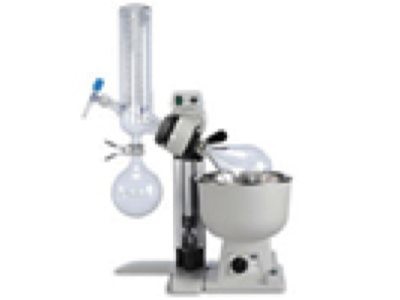
How do laboratory evaporators work?
Laboratory evaporators are used to remove liquids from preparations that need to be dry. Many industries use laboratory evaporators to prepare samples for analysis. The pharmaceutical, food, petroleum industries, and chemical laboratories all use evaporators for this reason. There are laboratory evaporators that are used to remove organic solvents and some that remove water. Laboratory evaporators use motion, gas, heat, or some combination to produce a dry sample ready for analysis, and are an important piece of equipment for many labs.
Range of laboratory evaporators:
There are several different types of evaporators. Blowdown evaporators use gas, often nitrogen, blown into the sample container to remove liquid. Centrifugal evaporators use centrifugal force to speed evaporation and can evaporate many samples at once, and rotary evaporators use motion and a distillation system to remove the liquid from a sample. Commonly used evaporators include:
- Nitrogen Evaporators
- Vacuum Evaporators
- Rotary Evaporators
Key considerations when choosing a laboratory evaporator include the type, the application, footprint, and speed in which the evaporation process occurs.




Click on the links below to discover and compare lab evaporators from various manufacturers: